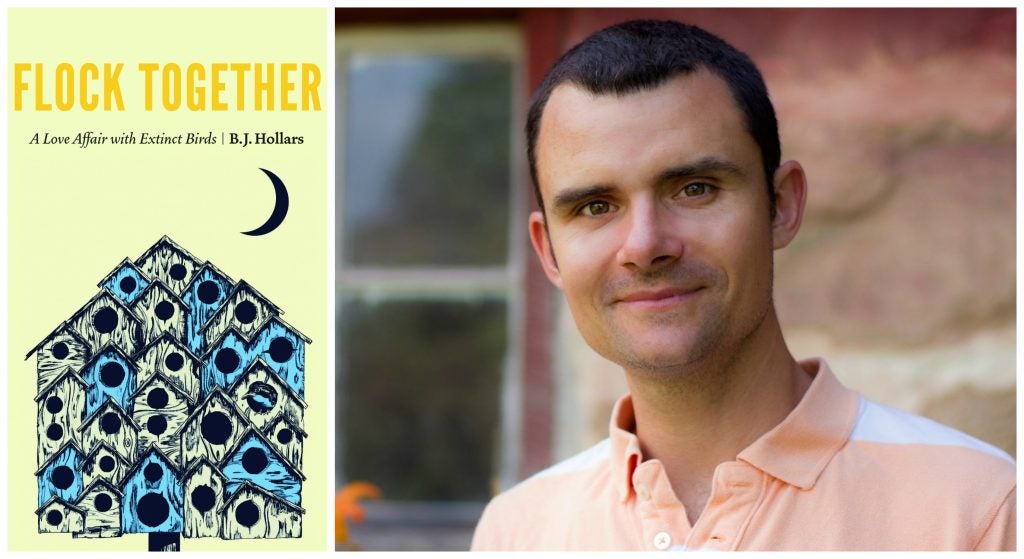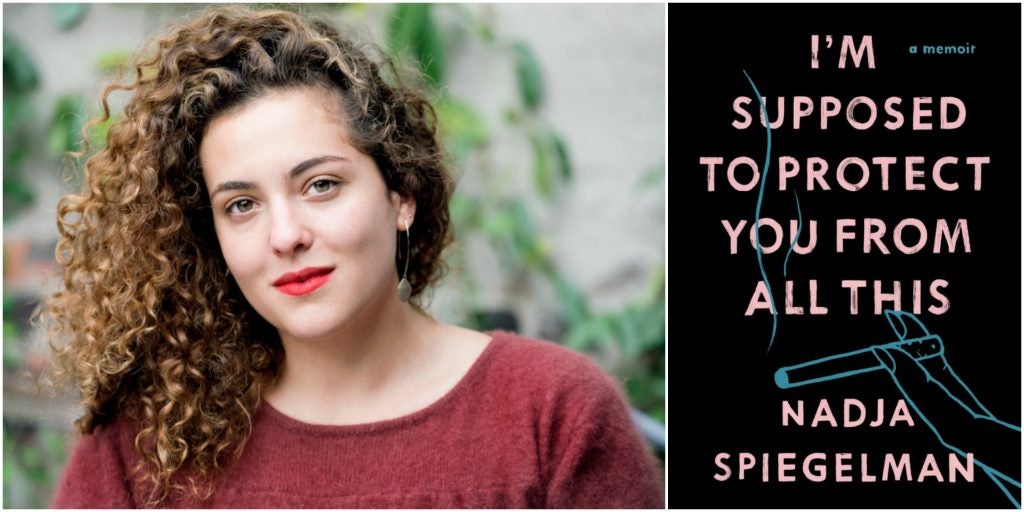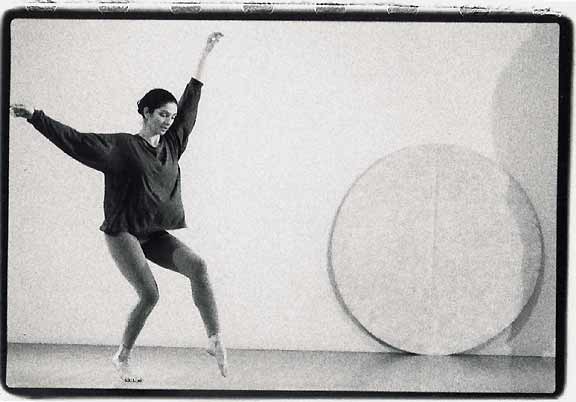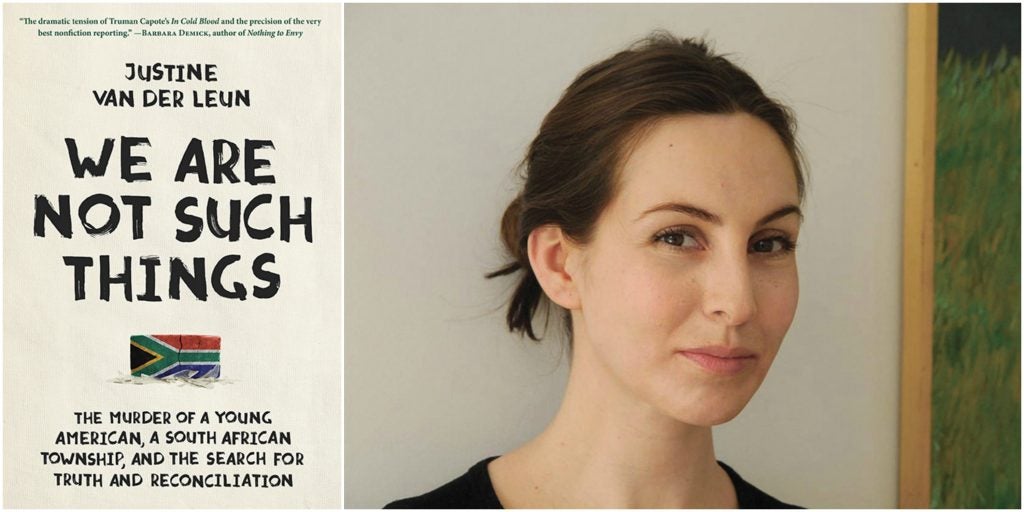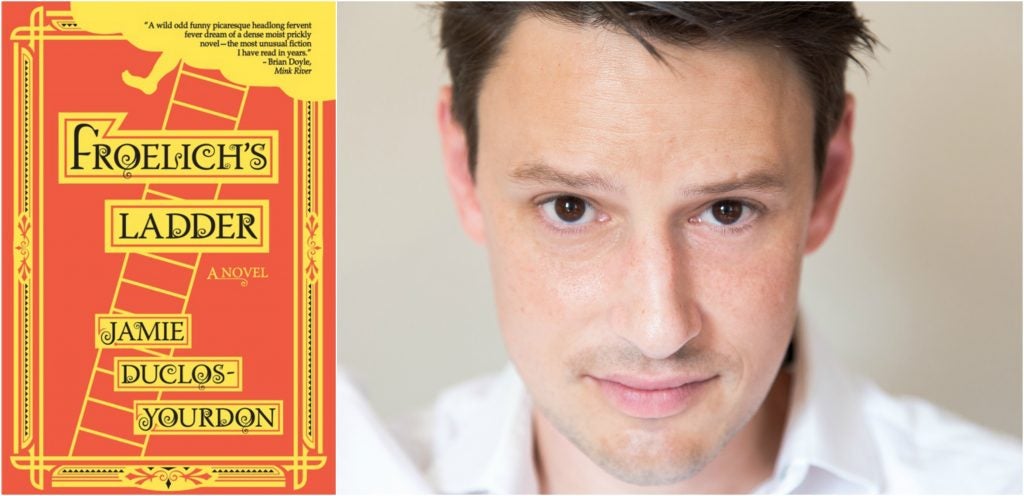On “Flock Together”: An Interview with B.J. Hollars
“I suppose I realized I was working toward a book when I asked myself, How close can you get to an extinct bird? And then, I set out to try. My journey of combing through museums and specimen drawers was what ultimately spurred the longer narrative. Once I held an extinct bird skin in my hands, I knew I had to start sounding some alarms about our own environmental crises.”
On “Flock Together”: An Interview with B.J. Hollars Read More »
“I suppose I realized I was working toward a book when I asked myself, How close can you get to an extinct bird? And then, I set out to try. My journey of combing through museums and specimen drawers was what ultimately spurred the longer narrative. Once I held an extinct bird skin in my hands, I knew I had to start sounding some alarms about our own environmental crises.”


